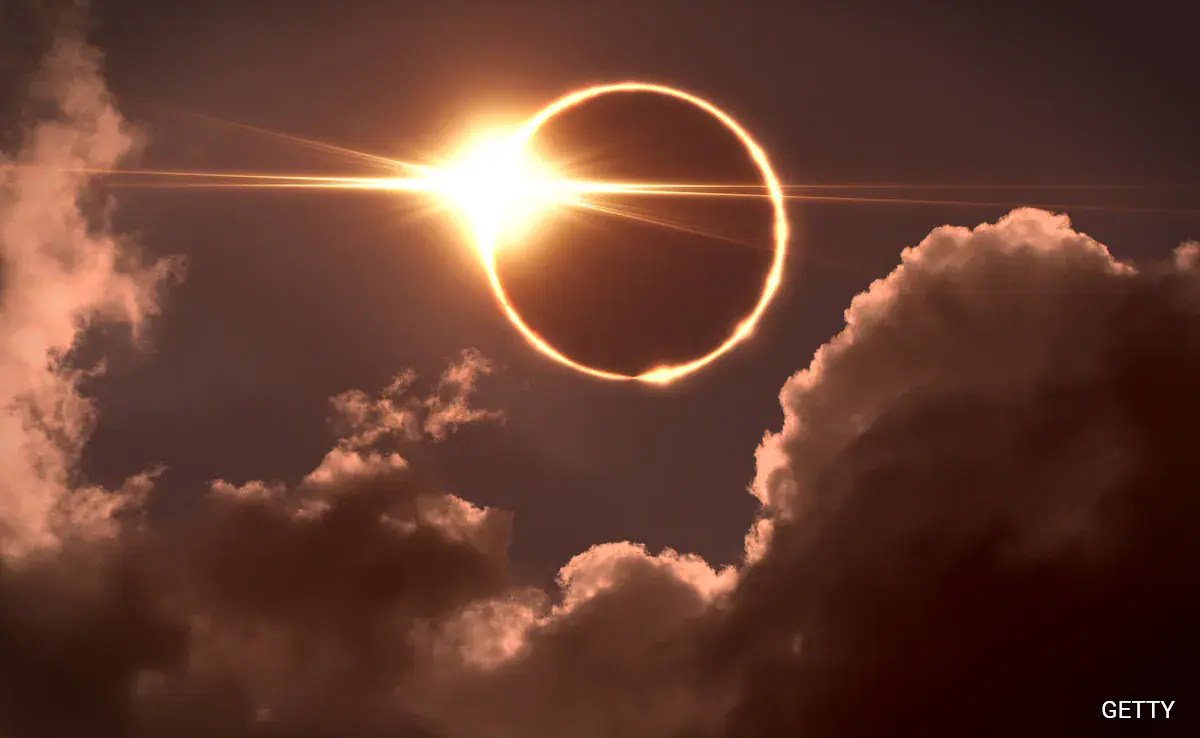The Astronomy Society of Nigeria (ASN) contradicted assertions suggesting that Monday’s solar eclipse, visible in sections of America, occurred concurrently in Nigeria.
Prof. Augustine Ubachukwu, President of the ASN, informed the press that the assertion was erroneous.
“Solar eclipses take place during the day; unlike lunar eclipses that occur at night, the path of the eclipse this year did not pass through the southern hemisphere.
“By the time the movement was passing through Mexico, the US, and Canada, we were already at night here, so it wouldn’t have been observed in Nigeria.
“Solar eclipse has to happen during the new moon, during the day,’’ he said.
He also underscored the regularity of eclipses in different parts of the world, contrasting with the United States, where the next event is expected in August 2044.
Read also: How Eclipse Mania Plunged Parts Of US, Canada Into Darkness
“In the southern hemisphere, we may be getting it before then. It is just a question of the alignment of the sun, the earth, and the moon,” he said.
Adding to his statement, Ubachukwu expressed the excitement of encountering a glimpse of the total solar eclipse, exposing a portion of the sun previously unseen by human eyes.
“The temperature of the outermost part of the sun is so hot, but during this type of eclipse, the moon covers it so that one can peep into the sun.
“It helps astronomers peep into the sun and some energetic particles thrown out from the sun, astronomers get to look into some of these particles and study them,” he said.
He noted that the solar eclipse, potentially lasting up to four minutes, would encompass a total event duration of two hours, characterized by the moon’s gradual encroachment upon the sun.
The president further stated that the accurate principles of physics and their predictive abilities allowed for the anticipation of events like eclipses and other natural phenomena.
The trajectory of the eclipse was previously examined by the National Aeronautics and Space Administration (NASA).
According to NASA, the eclipse journeyed from Mexico, traversing into the United States via Texas, and passing through Oklahoma, Arkansas, Missouri, Illinois, Kentucky, Indiana, Ohio, Pennsylvania, New York, Vermont, New Hampshire, and Maine along its path.
According to the report, the eclipse reached its endpoint over continental North America on the Atlantic coast of Newfoundland, Canada.

